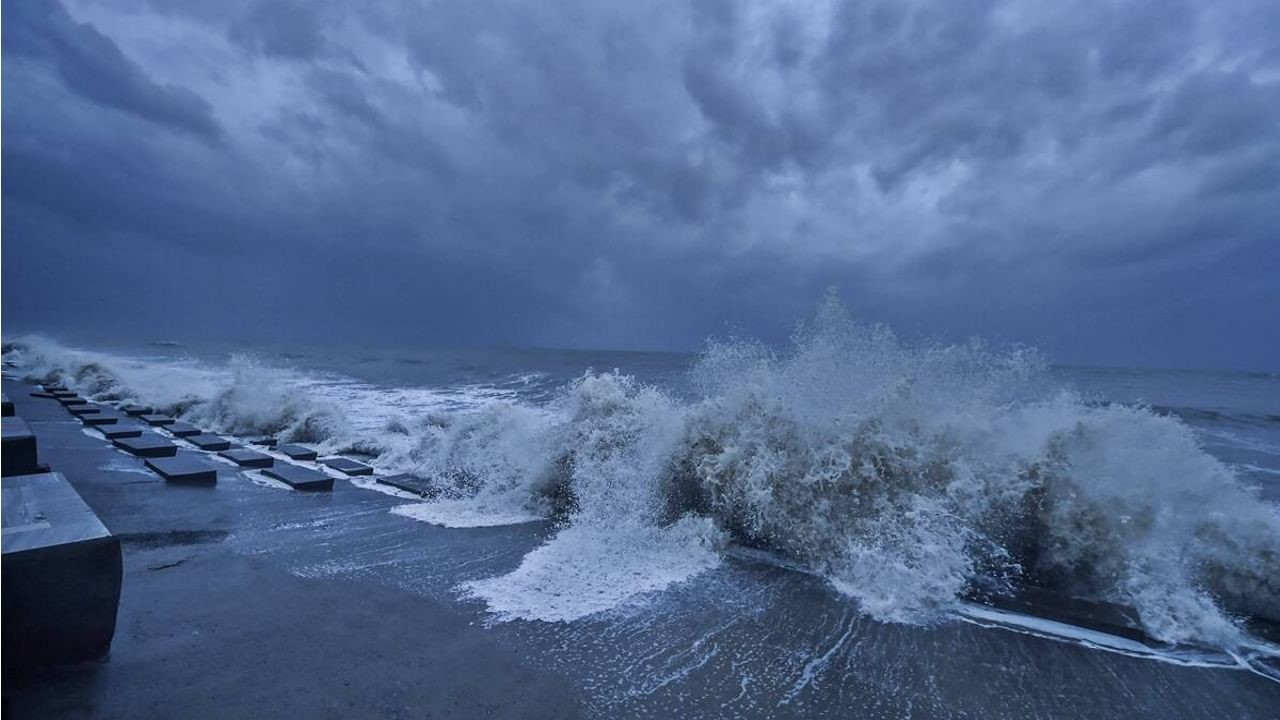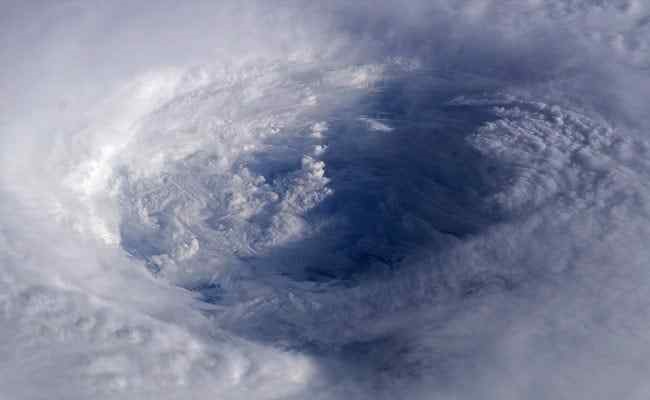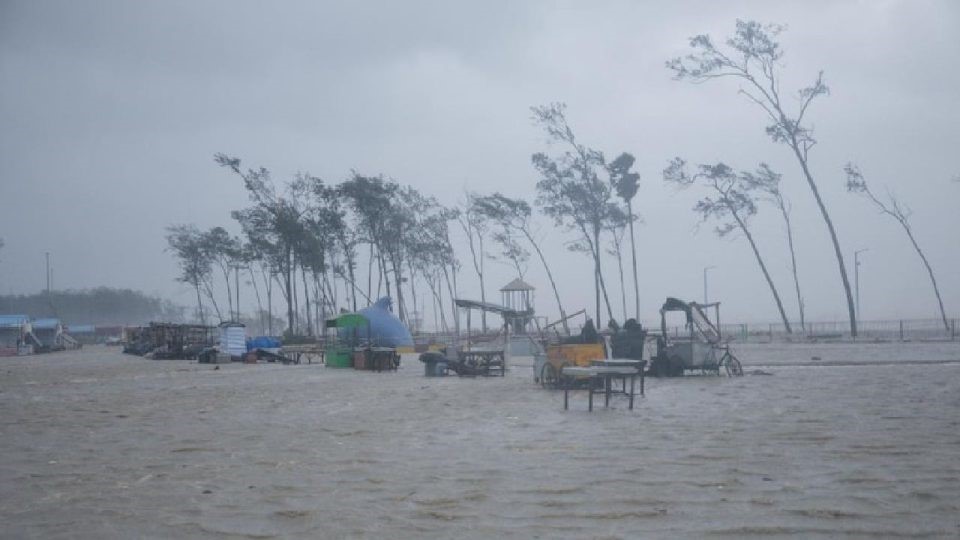Cyclone Asani Forming Over North-East Indian Ocean

The formation of cyclones in March is an unusual phenomenon in the North Eastern Ocean. At the beginning of the year 2022, cyclone Asani is starting to form over the North Indian Ocean. Last week, over the Bay of Bengal, a new low-pressure system formed and started to concentrate into a cyclone. Earlier, the Met bulletin informed that the deep depression was 110km from the Andamans and 560km from Yangon in Myanmar, it moved at a speed of 20km an hour. After getting intensified, it turned into a cyclone Asani. It has now moved northwards to the Andaman Islands to Myanmar. According to records from 1901, there have been only six storms formed over the Bay of Bengal in March. This cyclone has started to influence Andaman and Nicobar Islands as well.

Weather warnings
On 21st March, speedy winds reached 55-65kmph prevailed over Andaman and Nicobar Islands, these winds later became gale winds. On 22nd March, gale winds speed reached 65-75kmph gusting to 85kmph and prevailed over the Bay of Bengal and adjoining north the Andaman Sea and Myanmar coast. It was likely to weaken gradually with squally winds reaching 40-50kmph over the area. On 23rd march, squally wind speed reaching 40-50kmph is expected to prevail over the east-central Bay of Bengal.
Sea condition is also expected to be rough to very rough all over the north Indian ocean. It has been raining but it could get worse in the coming days. From March 21st, the island capital Port Blair received widespread rainfall. In March, having such a heavy rainfall is very unusual in these areas.
The Meteorological Department Director-General Mrutyunjay Mohapatra said that the weather system is expected to intensify but the cyclone will not make a landfall in the Andaman Islands, however, it is likely to have continued impact in terms of rainfall, wind, and waves as predicted and mentioned in the bulletin.

How the cyclone was named
Since there are multiple weather systems in the sea simultaneously, each cyclone is given a name so that it can be identified. Along with six regional meteorological departments across the world, the Indian Meteorological Department has the authority to name tropical cyclones, that develop over the Indian Ocean, Bay of Bengal, and the Arabian sea. In a standard procedure of naming, thirteen countries have proposed names. A list of 169 names was drawn up in 2020, in which 13 were suggested by 13 nations. These names are listed country-wise and the nations are arranged in alphabetical order. These names can be picked sequentially so that countries, one after the other, get a chance to pick up a name. This year, Sri Lanka had to pick a name which means in Sinhala ‘wrath’, suitable to the outrageous impact of cycles.
Safety measures are taken by the government in advance All the government, government-aided and private schools were closed on Monday. Thousands of people from that area have been evacuated near the shore areas, fishers have got back to the safe places. Announcements have been made for the public not to venture around. The Natural Disaster Rescue Force has been allocated to tackle any difficult situation.